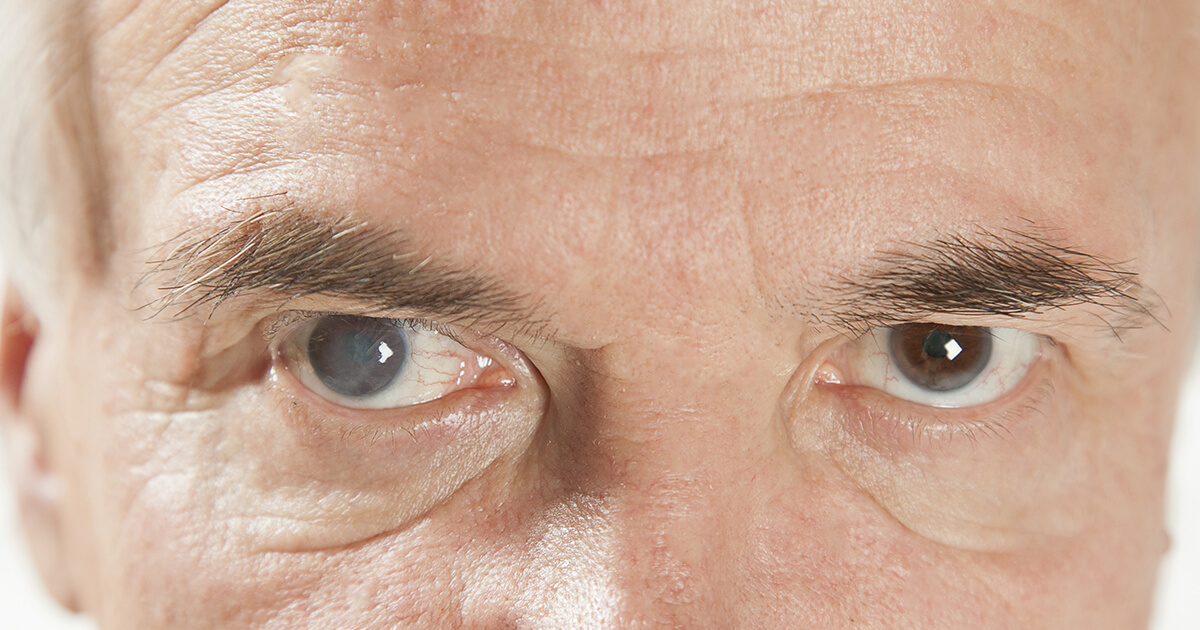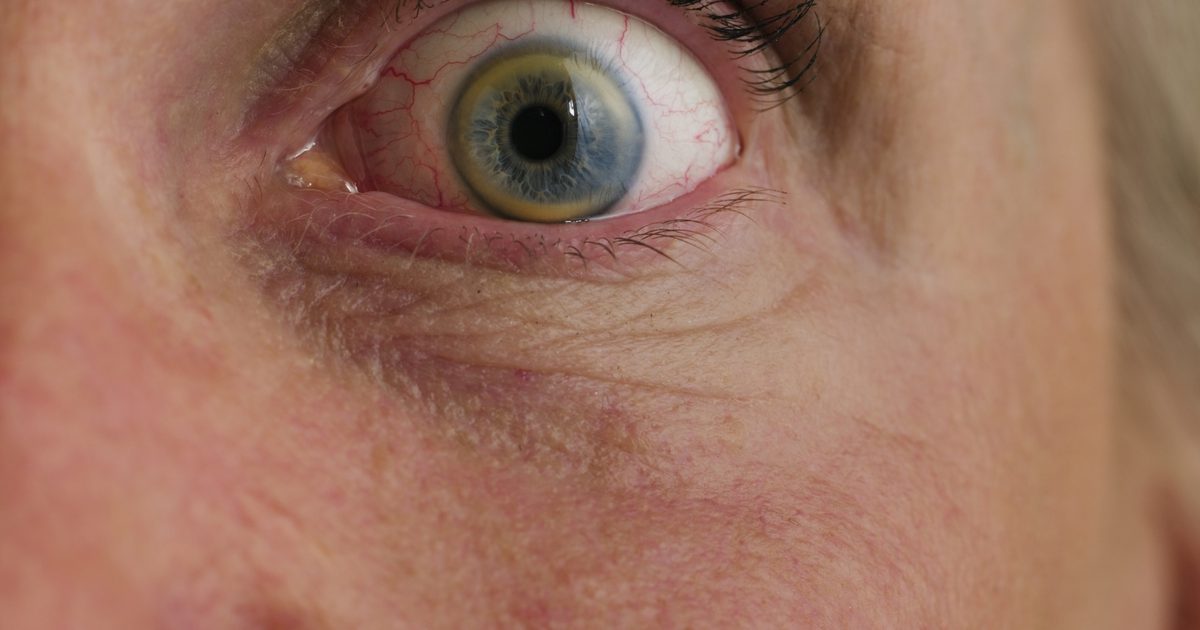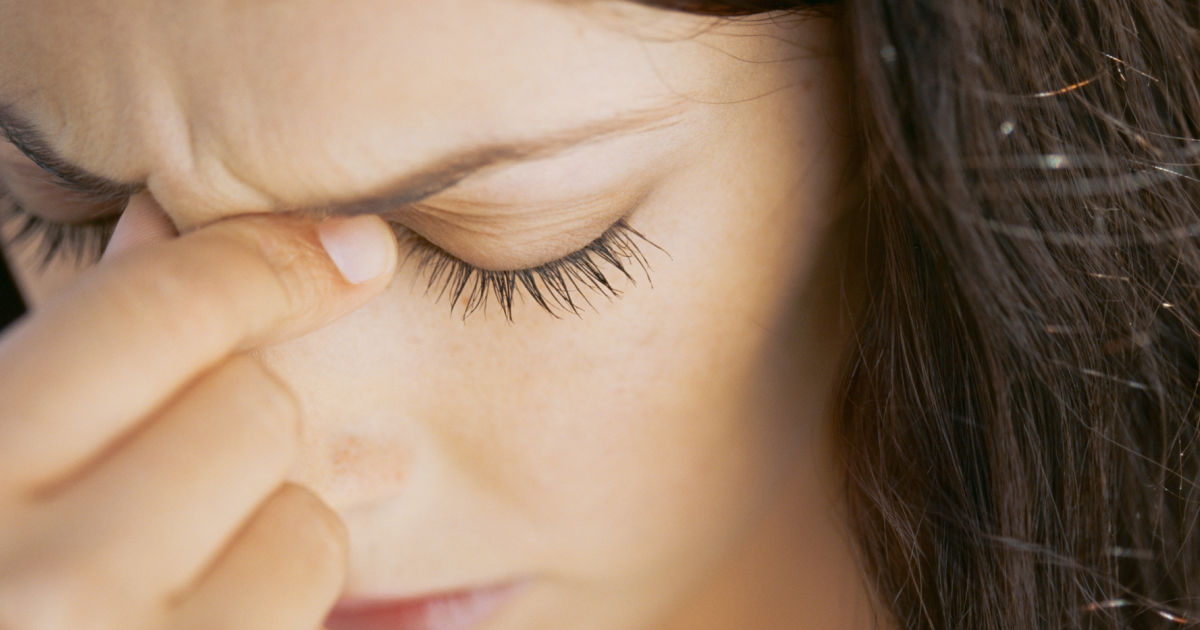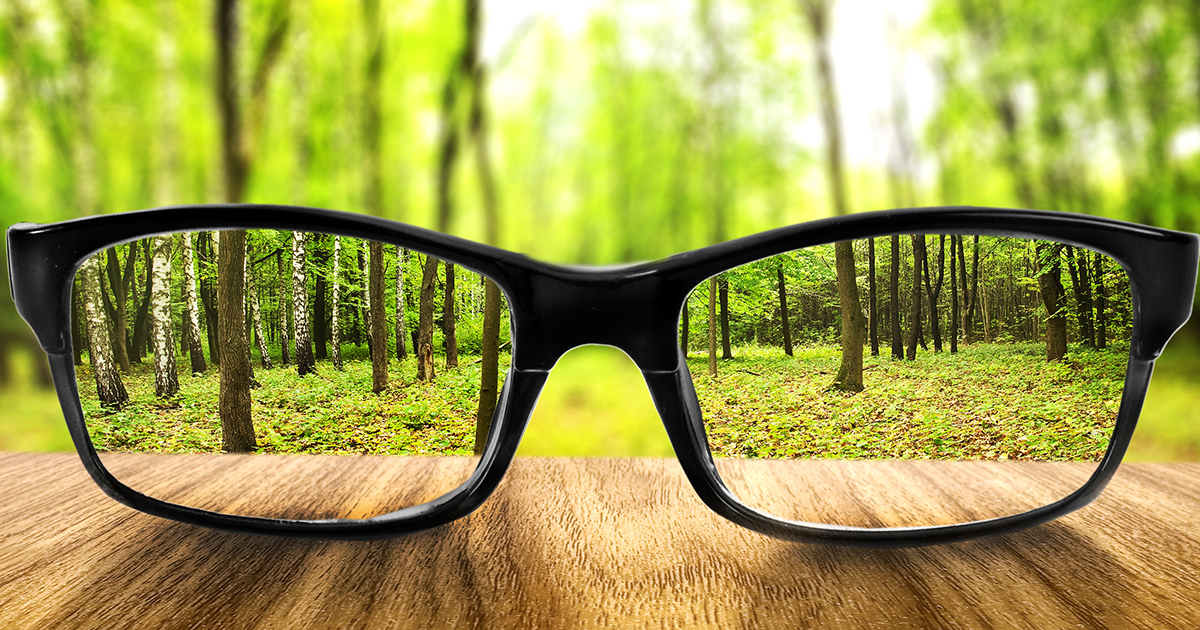Serious Warning Signs of Cataracts
Cataracts refer to a medical condition that occurs when the lens of the eye becomes opaque, which results in blurred vision. Approximately seventy percent of individuals over the age of seventy-five have cataracts. Glaucoma and other age-related macular degenerations are associated with cataracts. They are formed when clumps of protein gather in the lens and cause it to become cloudy. This clouding affects the amount of light that reaches the retina. Aside from developing as individuals age, cataracts have also been linked to previous eye surgeries, the long-term use of steroid medication, as well as other medical conditions, like diabetes.
Learn about the major symptoms linked to the development of cataracts now.
Cloudy or Blurred Vision

The most identifiable sign of cataracts is cloudy or blurred vision. Cataracts start small and increasingly cloud the eye, so the progression is slow in most cases. There are three different types of cataracts, and they affect different parts of the lens.
Posterior subcapsular cataracts are the most common in individuals with diabetes or those who are taking steroids. Posterior subcapsular cataracts affect the back of the lens, nuclear cataracts affect the center of the lens, and cortical cataracts affect the side of the lens. Individuals with nuclear cataracts may find their vision clearing up at one point, which is known as second light.
Uncover more symptoms of cataracts now.
Darkening Of The Eye

At first, cataracts may not affect an individual’s vision too much, including only lightly affecting one portion of the eye. In fact, some patients may be unaware of any vision loss when a cataract first develops. However, as cataracts grow, it is important to note they can result in a darkening of the eye. This is because advanced cataracts tend to appear darker than newly formed cataracts. The darkening of cataracts also affects a patient's night vision, which can make it hard to drive at night. Research shows patients who were in the process of treating their cataracts decreased their risk of vehicular accidents by roughly thirteen percent.
Get more information regarding the major warning signs of developing cataracts by continuing to read now.
Sensitivity To Light And Glare

Sensitivity to light and glare is a common symptom of cataracts. This sensitivity may get increasingly worse as cataracts grow and distort the patient's vision. Light sensitivity might be caused by the unusual dispersion of light through the foggy lens. Instead of seeing the light's rays as they are, patients experience them as more intense and blurred images. It's common for individuals to become more light sensitive as they age. However, cataracts can cause this sensitivity to affect even normal light levels.
There are two types of glare defined by professionals: disability and discomfort. A discomfort glare is a too-strong light source that causes pain. Everyone with normal vision has experienced this at some point; one example is walking from a dimly lit room into bright sunlight. A disability glare occurs when an eye disease, like cataracts, causes an individual to become intolerant to average light sources.
Uncover more symptoms of cataracts now.
Double Vision

Cataracts may cause double vision because of diffraction from the lens clouding. Also called diplopia, double vision may also be a result of a brain tumor, multiple sclerosis, stroke, corneal swelling, and cataracts.
Another sign of serious concern is binocular double vision, which occurs when two images appear to be visible in either eye if the other is closed. This may be an indication of a brain injury, diabetes, hypertension, myasthenia gravis, Graves’ disease, or cataracts.
Monocular double vision is more likely to be associated with a problem in the eye’s lens or cornea, and it occurs when multiple images appear in one eye but not the other. The larger the cataract grows, the more likely this condition will go away.
Get more information regarding indicators of cataracts now.
Frequent Changes In Glasses Or Contacts

Patients with cataracts often need frequent changes to their glasses or contact prescriptions. Cataracts can grow and interfere with vision more quickly than normal eye degeneration. The prescription may also be different for each eye, especially if one eye has a cataract while the other doesn't. For the average individuals with glasses, experts recommend having a checkup with an eye doctor every one or two years, depending on the severity of their vision and ocular degeneration. However, individuals with cataracts may need new prescriptions every few months or so. In addition, they'll be able to noticeably see their vision dimming or deteriorating. With normal degeneration, the deterioration is often too gradual for patients to notice until their eye doctor points it out.
Learn about additional signs of cataracts now.
Increased Difficulty Seeing At Night

Individuals who have cataracts tend to have an increased difficulty seeing at night. The condition can make it very difficult to navigate or drive a car during the night. As we know, cataracts cause clouds to form on the eye's lens, and instead of getting a clear picture, patients feel like they're looking through a foggy window. The night vision difficulty can be attributed to a few things. First, the clouding of the eye's lens may make it more difficult to filter light and interpret light images. It's harder to see in the darkness because details are obscured. In addition, patients often see 'halos' around lights. This can make driving particularly difficult, since headlights and street lamps appear blurred.
Discover more cataract symptoms now.
Need For Brighter Reading Lights

Many patients with cataracts develop a need for brighter reading lights. It's common for individuals to require more light to read as they get older, as this is a typical part of the aging process. If individuals often read in the dark, the strain on their eyes can contribute to the need for more light. However, with cataracts, individuals may need lights to be unreasonably bright. Others might be able to see perfectly well in the lighting conditions that bother the patient with cataracts. Patients might also notice that their perception of colors is fading or becoming yellower. Cataracts can cause the print on books to become cloudy instead of sharp. They can also make it difficult to do hands-on activities like knitting, playing mobile games, or drawing. Artists can be particularly affected by changes in color perception.
Get more information regarding signs of cataracts now.
Impaired Distance Vision

Impaired distance vision is another symptom of cataracts that can impact an individual's ability to drive. Cataracts can cause problems with depth perception. Some patients might experience double vision in just one of their eyes. Experts say any issue with the eyes, cataracts included, can impair depth perception. Impaired depth perception may be more likely in patients who have cataracts in both eyes, particularly if the cataracts are of different severity levels. Individuals should talk to an eye doctor if they notice changes in their depth perception or other vision changes. The larger a cataract grows, the more it can interfere with functional vision.